1957 Corvette SS (XP-64)
The vast majority of history’s great ideas have stemmed from a need to rectify a previously observed issue. Ironically, much in the way of automotive design also follows this same thought process. As the Corvette has now transitioned into its new mid-engine configuration, it is only natural to inquire as to the origin of this design. While Zora Arkus-Duntov’s early insistence toward such design changes has been highly publicized, the inspiration behind his thought process has seldom received much attention.
In order to understand the origin of Duntov’s fixation toward all that was mid-engine in form, one must look back to a time when the Corvette was still in its infancy. During this time period, Duntov would build a staggering number of experimental vehicles, most of which were intended to provide the Corvette line with performance credibility. It was a technical issue encountered while testing the prototype XP-64, also known as the Corvette SS, that would ultimately lead Dutov down the perpetual rabbit hole of continual mid-engine development.
In The Name Of Credibility
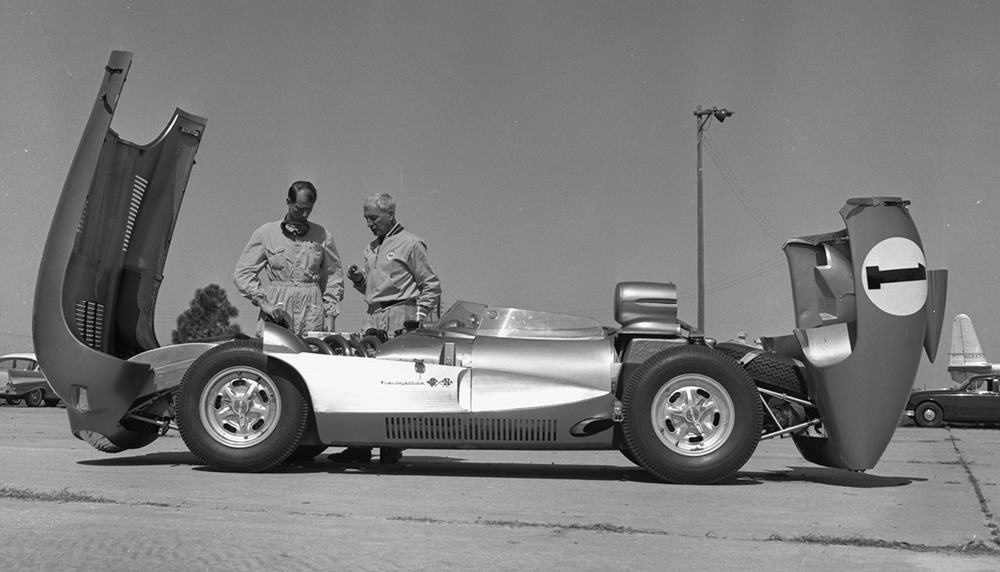
Almost immediately after coming on board with GM’s design team, Zora Arkus-Duntov set his sights on refining the Corvette’s image. Duntov believed that the only viable means of promoting the Corvette was by building its racing credibility. As such, he became engrossed in the idea of building a Corvette capable of conquering such famed races as Sebring and Le Manns.
After several prior attempts at building a Corvette inspired racer for the ages, Duntov had his eye on a new, much more ambitious project. He intended to build a lightweight racer, which would be capable of reaching astounding speeds, while still handling with the utmost efficiency.
Dubbed project XP-64, the creation of clay renderings commenced. Subsequently, a fiberglass prototype of this experimental vehicle would be built and tested to a relatively high degree of success.
In a bid to shed any excessive wait possible, a second car would be built, this time with a magnesium body. The Corvette SS was then fitted with a modified 283 cubic-inch V8. In its refined form, the Corvette SS was capable of producing 307 HP at 6,400 RPM.
On To Sebring
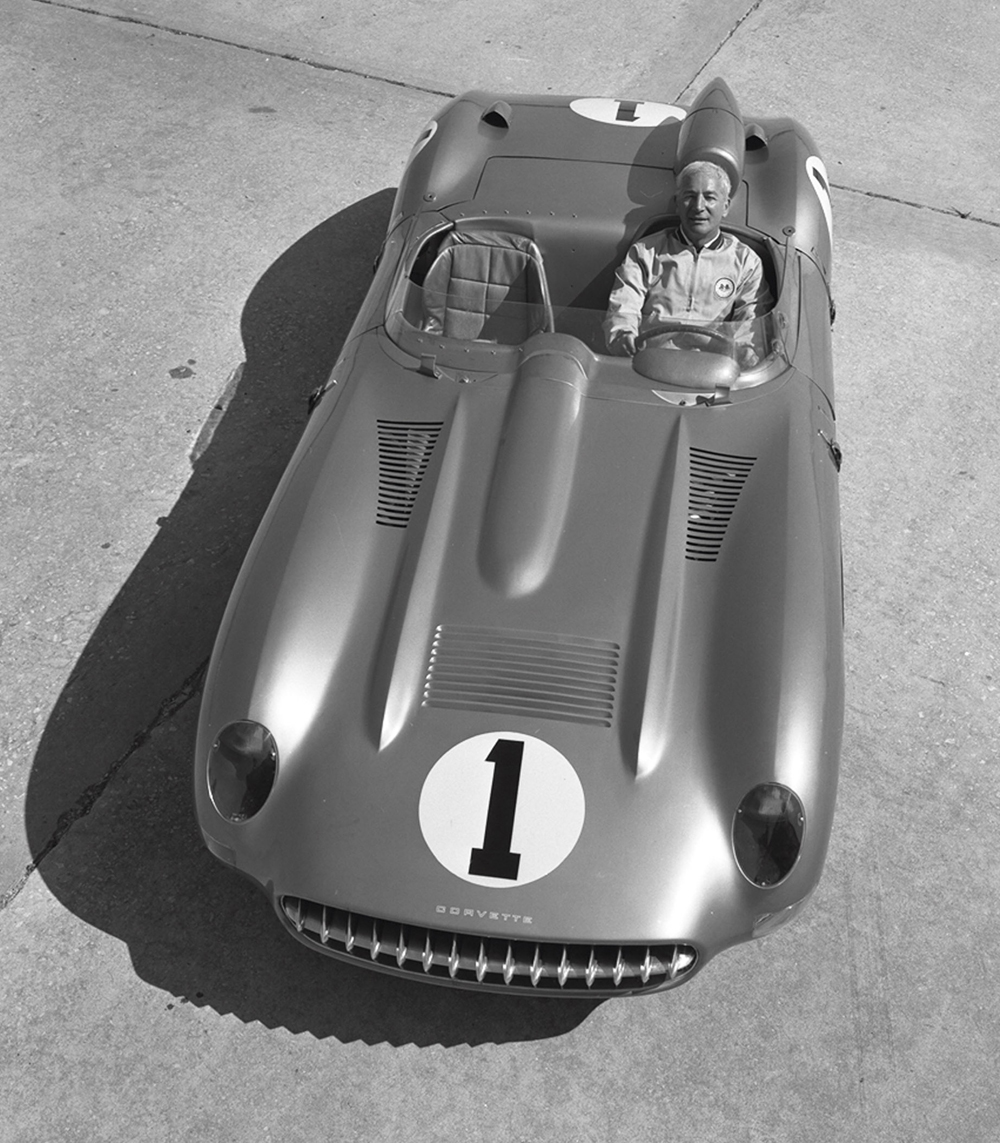
With the new magnesium-bodied Corvette SS tested, plans were made to mount a dominant showing at 12 Hours of Sebring. Final adjustments were made to the race-derived prototype, and it was shipped to the track ahead of the competition.
Driven by Piero Taruffi and John Fitch, the Corvette SS, struck out on race day, with hopes at an all-time high. However, an assault on Sebring simply was not to be. Almost immediately, several technical issues arose. After only 23 laps, the Corvette SS was ultimately pulled from the competition, due to electrical, brake, and rear-end issues. While all such issues could easily be remedied in the days and weeks to come, a much more serious problem had also become apparent.
During the race, Taruffi and Fitch stated that cockpit temperatures rose to an almost unbearable level, as heat from the Corvette SS’s engine radiated rearward. As a result, Arkus-Duntov began to delve into the matter of preventing such difficulties in the future.
In true Duntov fashion, it was not long before the famed automotive engineer settled upon a solution. Inspired by many European racers of the day, Duntov emerged resolute in his insistence that future prototypes, as well as the Corvette itself, should be transitioned to a mid-engine layout.
This would eliminate rearward radiation of engine heat into a vehicle’s cockpit, thereby enhancing driver comfort, and opening the door to numerous means of technical powertrain advancement.
A Long Time In The Making
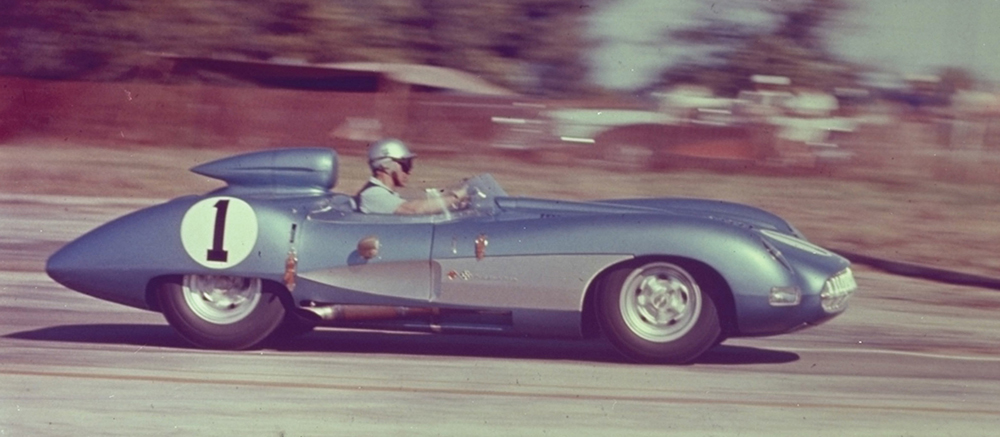
Almost immediately after the Corvette SS’s failed trial at Sebring, the prototype would be decommissioned from service. The newly implemented AMA ban on factory-backed racing would end any such efforts for decades to come, leaving the Corvette SS with little potential use.
Meanwhile, Duntov would spend the better part of his remaining career championing the Corvette’s transition to a mid-engine layout. Unfortunately, these pleas would fall on deaf ears. Though a number of Duntov’s subsequent mid-engine concepts would prove viable, none would be tapped for production.
Today, the Corvette has finally taken on a mid-engine configuration, some 60-plus years after Duntov’s initial insistence. While the famed engineer is no longer around to witness the Corvette in its current form, one would assume that he would be quite pleased.

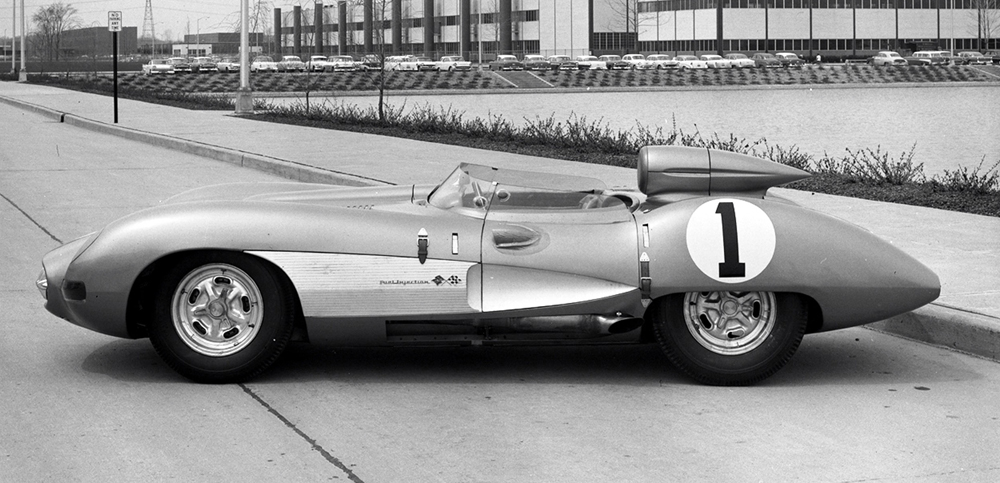


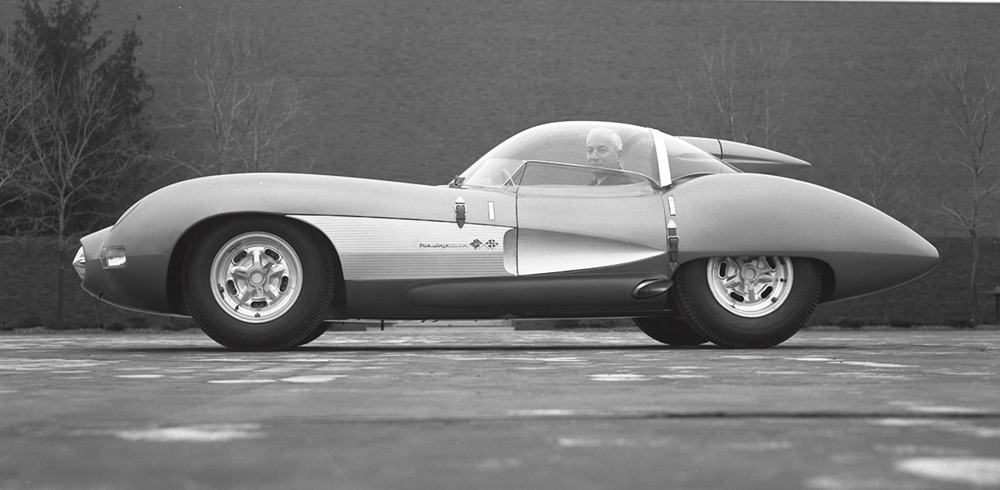

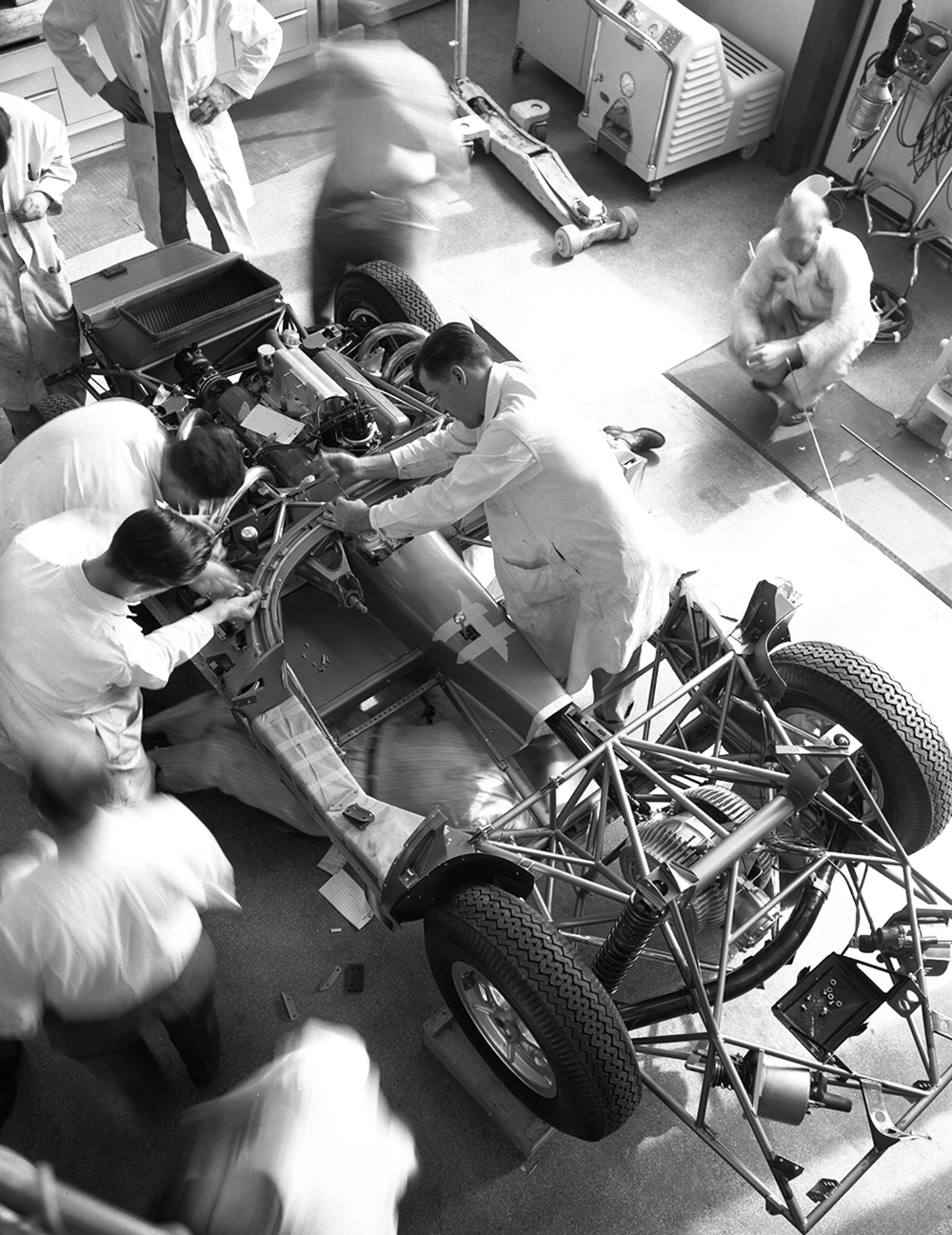
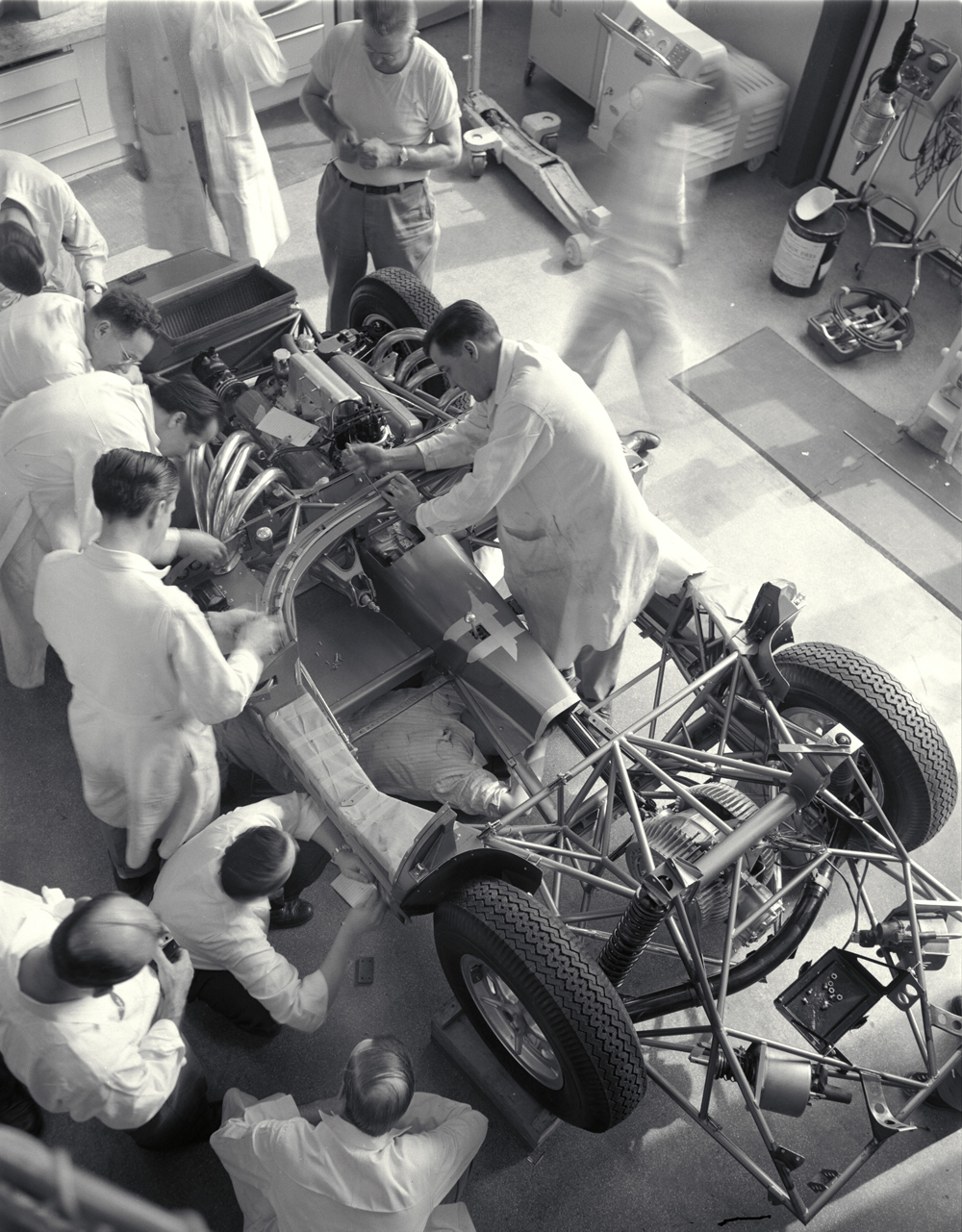
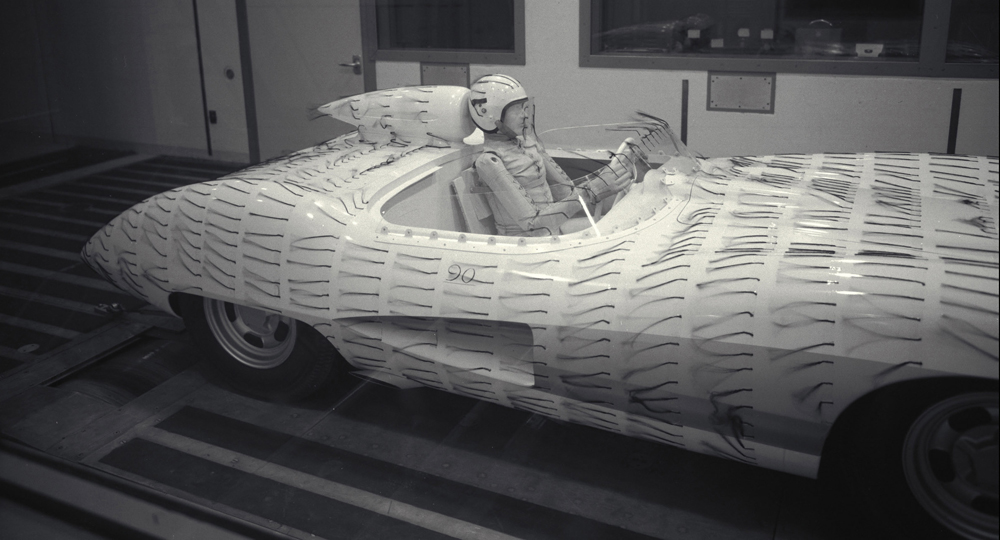
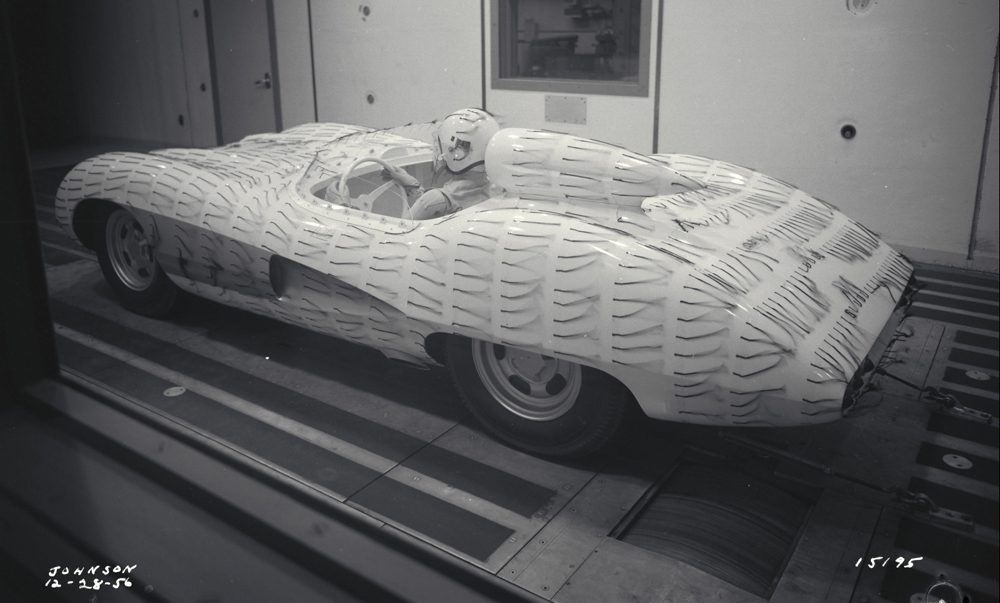


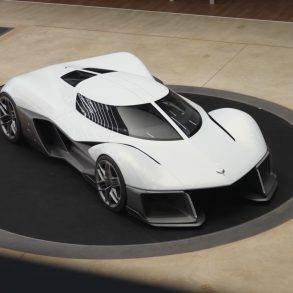
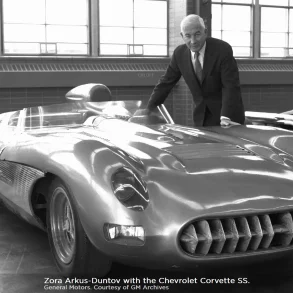
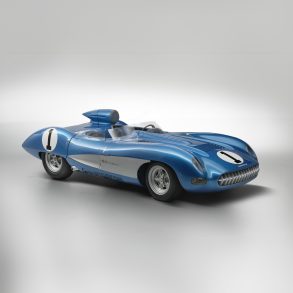
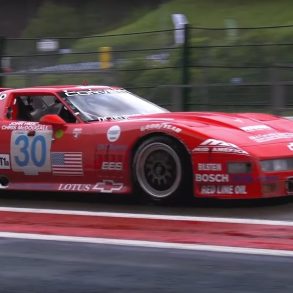
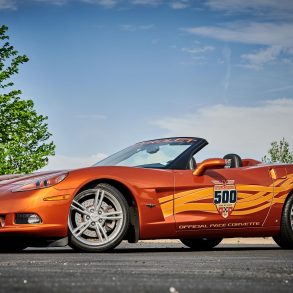
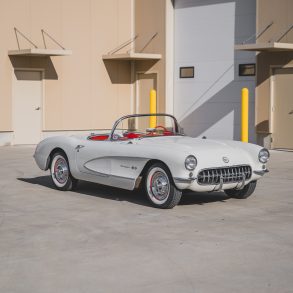

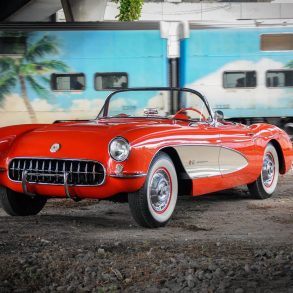

Very nice historic photos of John Fitch and Zora.